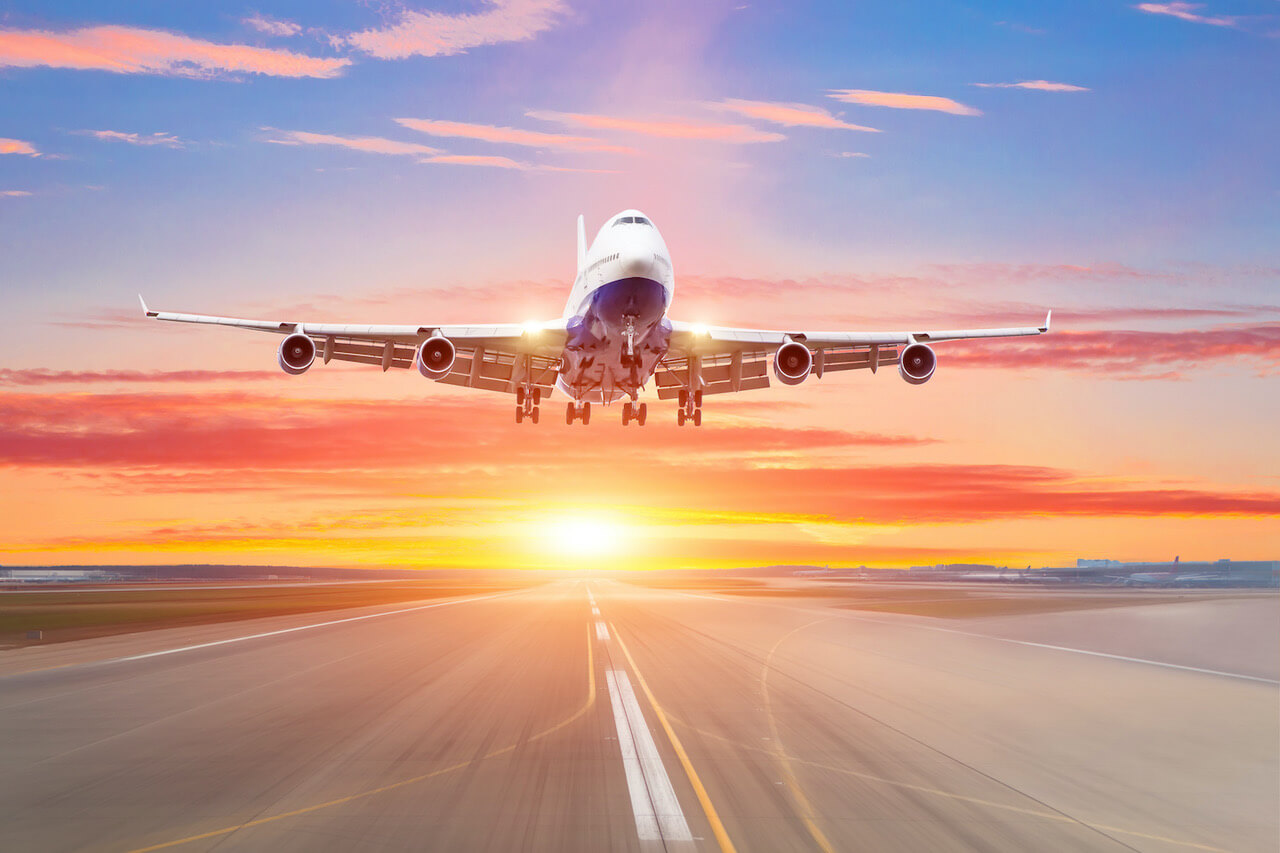ACI’s 6 key airport priorities for 2022

The aviation industry has been dealt an incredible blow. ACI Director General Luis Felipe de Oliveira has laid out six important steps to recovery
With nearly two full years of unimaginable disruptions to the industry, ACI’s Director General Luis Felipe de Oliveira recently announced the six priorities for airports in 2022.
“The pandemic has changed everything and will continue to influence our lives for years to come,” he stated. “It has also had a profound impact on our business; however, we have shown that we are stronger when we stick together, and ACI will continue to stress the importance of collaboration with industry partners, and global, regional, and national regulators as a true global aviation ecosystem. More than ever, we will continue to work as a unifying voice for our members and continue to support airports with resources, guidance, and services.”
De Oliveira stated that before the pandemic, aviation worldwide supported 87.7 million jobs, contributing US$3.5 trillion in GDP. “Aviation’s impact also extends to social development, supporting the United Nation’s Sustainable Development Goals for 2030, providing lifelines, emergency support, and connecting family and friends worldwide. To meet and exceed pre-pandemic social and economic benefits, the industry, and international and national regulators, must continue to work together in a coordinated and effective manner,” he said.
Following are the six steps he feels are key industry priorities to bring the industry back to that place.
1. Evidence-based, outcome-driven travel measures
It is critical for governments to coordinate and implement evidence-based, outcome-driven travel measures. Travel recovery is greatly affected by the fact that there is no coordination of restrictions around the globe. “As much as possible, measures should be consistent between countries—and when measures differ, good coordination and clear communication to passengers remains key to avoiding a negative impact on passenger confidence and excessive costs for airports, operators, and other stakeholders,” he states.
2. Interoperable solutions to health credentials and mutual recognition of vaccinations
Of particular concern is the lack of consistency in recognizing vaccines. De Oliveira says: “All regional, national, and local government authorities are urged to ensure vaccine equity and to recognize all people who have received COVID-19 vaccines that have been deemed safe and effective by the World Health Organization (WHO) as fully vaccinated—in order to safely re-open borders and re-establish global air connectivity.
3. Airport health excellence and the customer experience
Of utmost importance is the safety of travelers, and it’s imperative for airports to position themselves as areas of health and safety. “The ACI Airport Health Accreditation (AHA) program remains an excellent resource to help airports to continue to prioritize the health and well-being of their passengers and staff,” says de Oliveira. “The Accreditation is based on the ICAO CART guidance and is consistent with CAPSCA recommendations for States, taking an airport centric approach to common requirements. Topics include cleaning and disinfection; physical distancing (where feasible and practical); staff protection; physical layout; passenger communications and passenger facilities; and include all passenger areas and processes from terminal access to arrivals exit.”
4. Modernized global policy framework on airport charges
Airports have lost vast amounts of income; to stay viable they need to follow an efficient structure that generates tangible benefits for society. “At the end of the day, policies on airport charges should be crafted for the benefit of the travelling public. This means ensuring that existing infrastructure is used as efficiently as possible, incentivizing the sustainable development of airport infrastructure, and enhancing connectivity to generate socio-economic benefits. You can read more on this topic in the recently released ACI World Policy Brief,” says de Oliveira.
5. Social, environmental, and economic sustainability
The pandemic has brought the concept of sustainability — social, environmental, and economic — to the fore. As with some other industries and companies, airports have begun placing sustainability at the core of their long-term strategies.
De Oliveira says:
“Socially, businesses are responsible for taking care of their workforce and customers. They also have an increasing commitment to supporting those living in the communities in the vicinity of airports.
“Environmentally, integrating sustainability and adaptation into operations and infrastructure helps airports increase their efficiency, reduce their risk of being severely affected by climate change, and increases their resiliency to the changing operational conditions they will inevitably face.
“Economically, through sustainability projects, airports can gain access to funding through government relief packages and sustainability-linked bonds. These projects will contribute to the aviation sector reaching its goal of net zero carbon emissions by 2050 and help pave the way for a sustainable future for aviation.”
6. No safety and operational gaps
Finally, De Oliveira states that, especially given the impact of new variants, the entire aviation ecosystem will have to continue to ensure that that there are no gaps in safety and operations.
He states: “ACI World is kicking off the new year with the release of the 2022 Runway Safety Handbook to support the development of improvements and share best practices on runway safety at airports.
The handbook has been updated to include guidance on the new requirements around the ICAO Global Reporting Format, which came into effect on 4 November 2021, and includes information on some of the most recent technology solutions that exist to support runway safety. It builds upon the existing guidance in the ACI Policy Handbook and maps out best practices from across numerous airports. While remaining short and succinct, the Runway Safety Handbook provides checklists for action, as well as explanations of risks to be assessed and means of mitigation available.”









.jpg?&resize.width=322&resize.height=483)
